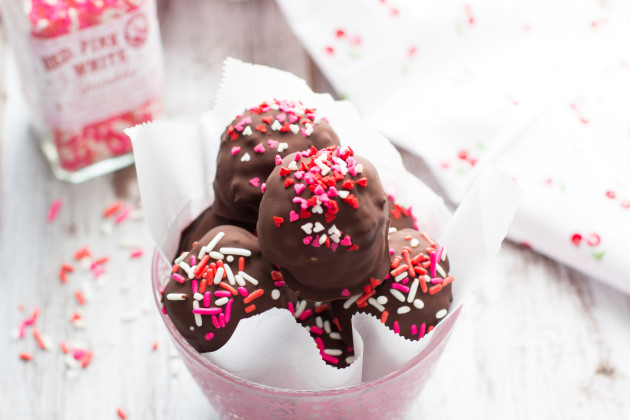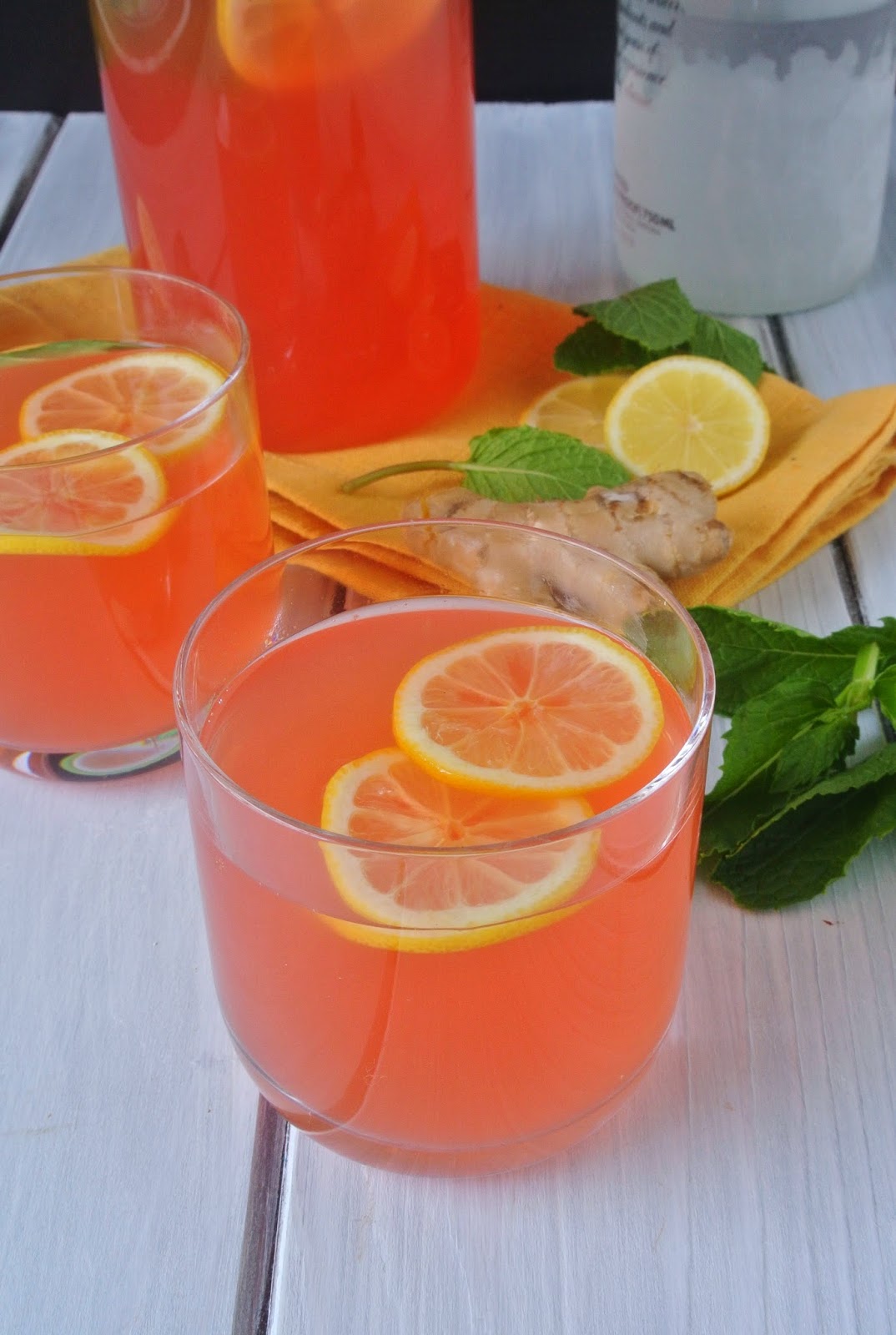Purchase these products
-
Mastrad 11-pc. Macaron Kit
$24.95 -
Mad about Macarons: Make Macarons Like the French
$13.40 -
Bake It, Don't Fake It!
$16.12
Photo courtesy of Jiri Hera via Shutterstock.
Every few years, a new dessert seems to become particularly trendy. A couple of years back, it was all about the cupcake. For a bizarre, dazed moment in time, the most popular pastry seemed to be the cronut. In Paris, the choux, or cream-filled profiterole pastry, is having a moment (fans should head here for the perfect one). But perhaps the most enduring, fashionable little dessert is the macaron.
Pastel colored and perfectly rounded, with a smooth casing and melt-in-your-mouth center, the macaron is dainty and indulgent. A simple design, the modern macaron consists of two symmetrical almond biscuit meringues, held together by a thin layer of cream or jam. Traditional flavors are pistachio, raspberry, chocolate and vanilla, though present-day artisans like Pierre Hermé are famous for such masterpieces as chocolate and foie gras or candied chestnut.
You probably know the macaron is French. But how did this luxurious delicacy come to be?
Photo courtesy of andreasnikolas via Shutterstock.
Some stories insist the macaron has been around since the seventh century, though most claim Catherine de Medici, of the famed Medici dynasty, brought the recipe with her from Italy when she married Henry II of France in 1533. Though accounts vary widely, it is agreed that the original macaron consisted only of the outer biscuit, made from almond flour, sugar and egg whites, and did not feature any form of cream.
While certain French towns, such as Amiens, Nancy and Montmorillon (which boasts a dedicated macaron museum), have a storied history of producing the delicate dessert, it’s unclear where exactly the macaron first became popularized. Though Nancy is particularly prominent in macaron folklore, for its famed Soeurs du macaron, a group of 19th-century nuns who made a living selling the sweet almond discs to survive after their convent was closed down.
Photo courtesy of Mariia Masich via Shutterstock.
These days, the macaron is more closely associated with Paris, thanks to the famed macaron makers based there. In fact, it was not until the early 20th century that the macaron we know today was invented, as the bakers at the decadent Paris pâtisserie Ladurée decided to glue two shells together with ganache to create a petite, sandwich-like confection.
Looking for the perfect place to enjoy a macaron in Paris? Perhaps the most special spot is still the stunning Ladurée, on the rue Royale in the 8th arrondissement. Ladurée now has a number of locations around the city (including the tourist trap of the Champs Elysées) but none can compete with the rococo-style, pink and gold wonderland of the rue Royale location. There, you can savor traditional macarons on their own, or try a glorious macaron tart, replete with fresh raspberries and pistachio cream. But the macaron is not confined to such fancy establishments; almost every neighbourhood boulangerie offers up their own range of traditional flavors.
In fact, the macaron has become such a French pastry staple, it has its own dedicated holiday. Since 2005, pâtissiers across the whole country come together each year on March 20 for the celebratory jour du macaron, or Macaron Day. On this hallowed day, humble bakers and macaron artisans alike produce macarons in their thousands, often in creative new flavors, and donate many of their proceeds to charity. Being in France on the jour du macaron is a dizzying, but glorious, exercise in indulgence.
By Gemma King
Where do you savor your favorite macaron? Please share in the comments below.
Also Check Out:
French Food Culture: The Illustrious History Of The Croissant
Coffee Culture: Top Five Cafes In Paris, France
Travel Find: 17th Century World Map Poster Print
The post Sweet Surprises: What You Never Knew About The French Macaron appeared first on Epicure & Culture.
Post by
Epicure & Culture










